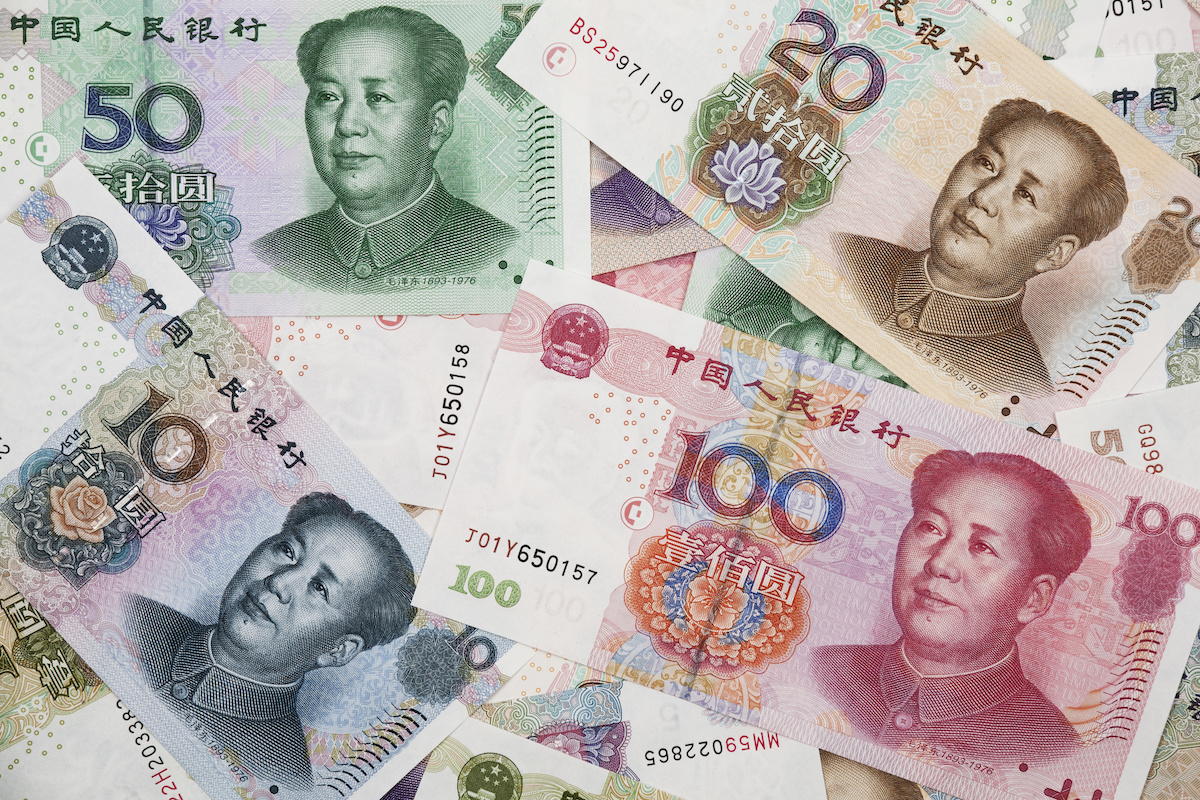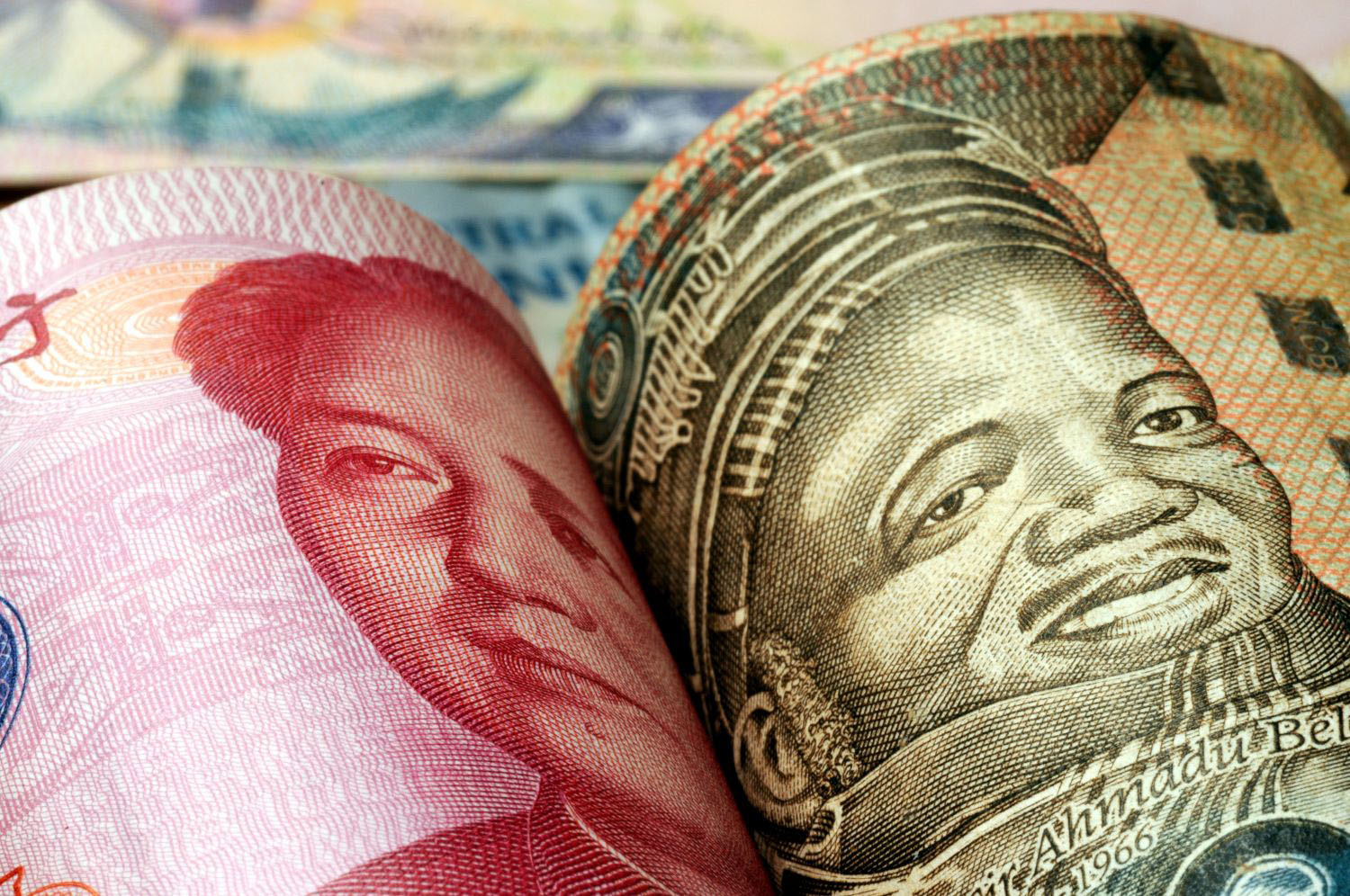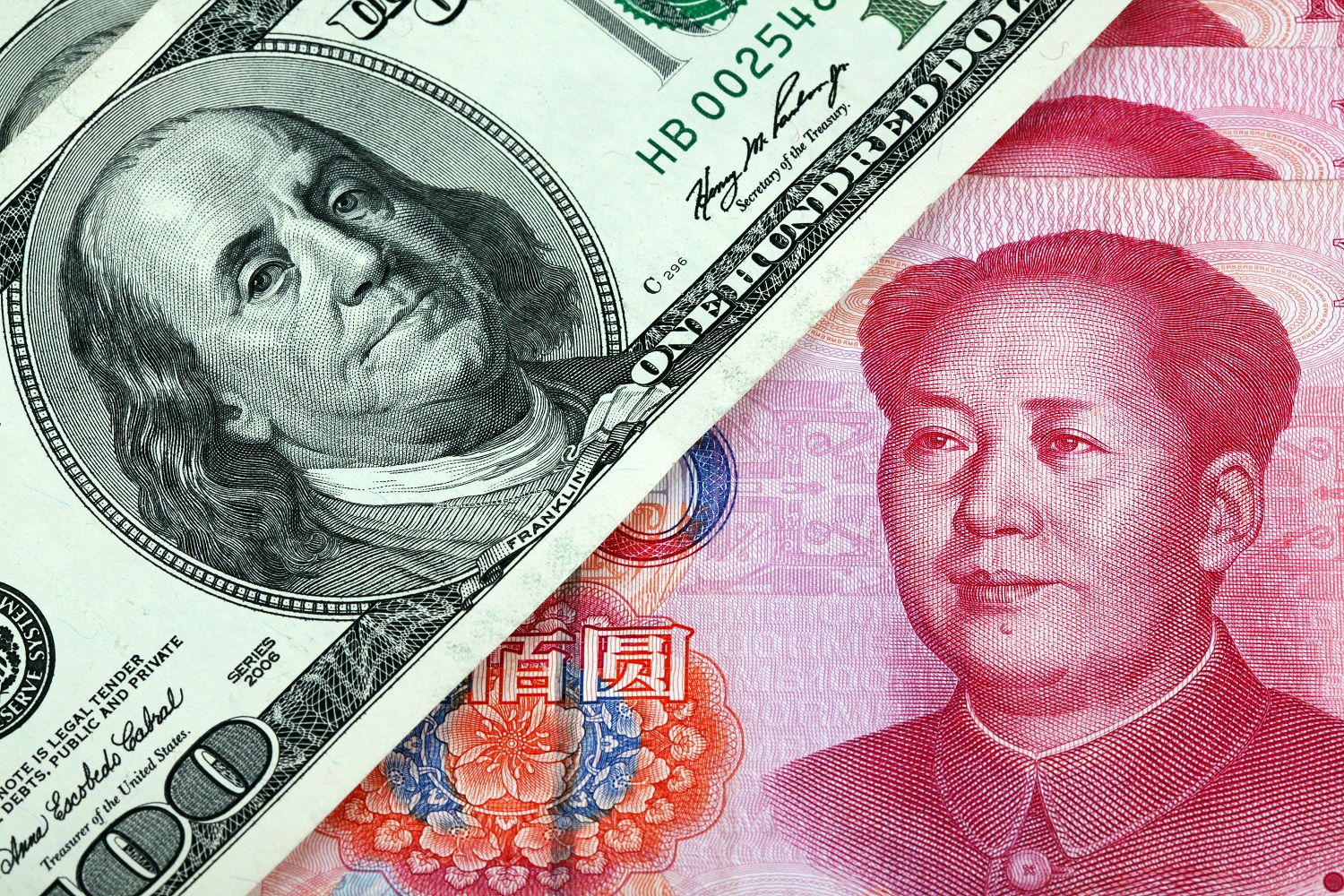Recommended

Blog Post
China’s lending volumes in developing countries far surpass those of other bilateral creditors and compare in scale only to World Bank lending practices. Where World Bank lending terms, volumes, and policies are publicly available, the state of knowledge on official Chinese financing terms remains limited due to a lack of official transparency. To better understand the nature of official Chinese lending and its relationship to the debt capacity of borrowing countries, researchers and policymakers need to look beyond the total volume of lending and pay more attention to concessionality, or the extent to which loans are offered at below-market rates. Financing offered on concessional terms (low interest rates, long maturities, and extended grace periods) reduces the likelihood of a debt crisis in borrower counties.
Our paper analyzes a new dataset of 157 countries, using information from AidData and the World Bank, to compare Chinese lending terms (interest rates, grace periods, and maturities) to IDA and IBRD lending terms over the 2000-2014 time period. We use two measures of concessionality: loan concessionality, measured as the grant element of an individual loan; and portfolio concessionality, which captures the overall generosity of a portfolio of funding to a country or group of countries by including grant funding alongside grant elements of concessional and non-concessional loans. Using these metrics, we examine Chinese lending terms and concessionality relative to World Bank at the global, regional, and country levels, as well as across income brackets and institutional lending categories. We also look at the stated lending terms of different Chinese institutions and assess whether these policies are reflected in the actual lending data. Our analysis demonstrates that China’s official financing is less concessional than World Bank financing in comparable settings; however, nearly all Chinese loans have some degree of concessionality, which may help to explain the attractiveness of Chinese financing compared to market sources of finance.
中国对发展中国家的贷款额远超过其它双边债权方,论贷款活动的规模,只有世界银行能与中国相 比 。世 界 银 行 的 贷 款 条 款 、数 额 和 政 策 可 公 开 获 得 ,而 由 于 缺 乏 官 方 透 明 性 ,关 于 中 国 官 方 融 资 条 款 的信息仍非常有限。为了更好地理解中国官方贷款的性质和其与借方国家借债能力的关系,研究者 和决策者需要把目光越过贷款的总额,而更多关注贷款优惠,或者说更多关注贷款在多大程度上以 低于市场的利率提供。以优惠条款(低利率、长还款期以及扩展的宽限期)提供的融资会降低借方 国家陷入债务危机的可能性。
本文分析了包含 157 个国家的新数据集,使用 AidData 和世界银行的信息来比较 2000 至 2014 年 期间中国贷款条款(利率、宽限期和还款期)与国际开发协会 (IDA) 和国际复兴开发银行 (IBRD) 的贷款条款。本研究使用两种优惠测量类别:贷款优惠,以单个贷款的赠与成分来衡量;组合优惠, 包含优惠与非优惠贷款的赠款资金与赠与成分,从而体现对某一国家或一组国家的资金组合整体优 惠 。本 研 究 通 过 这 些 测 量 标 准 ,从 全 球 、地 区 、国 家 级 别 、不 同 收 入 等 级 以 及 机 构 贷 款 类 别 方 面 比 较 了中国与世界银行的贷款条款和优惠。研究还关注了不同中国机构声明的贷款条款并评估了这些政 策是否反映在实际的贷款数据中。本研究的分析表明,在可比的情况下,中国的官方融资比世界银行 融资的优惠度要低;但是,几乎所有的中国贷款都具有某种程度的优惠,这可能有助于解释中国融 资相较于市场来源融资的吸引力。
Download the dataset and replication code here.
Correction: An earlier version of this paper incorrectly described the portfolio concessionality of the China Development Bank as “>.01%” instead of “<.01%” in table 4. This version also adds two additional summary rows to table 2, describing loan concessionality and portfolio concessionality for China and the World Bank.
Rights & Permissions
You may use and disseminate CGD’s publications under these conditions.





